When it comes to driving density into higher-end servers and workstations, passively cooled GPUs are the way to go. That is what high-end server GPUs such as the NVIDIA Tesla V100S utilize. Now, PNY is showing off passively cooled NVIDIA Quadro RTX 8000 and Quadro RTX 6000 cards that NVIDIA manufactures and PNY resells.
Background on Passively Cooled GPUs
Since a handful of our readers can get confused by the idea of a passively cooled GPU, it is not that the GPU does not require an active fan. Instead, this industry term refers to a GPU or PCIe device that does not have an active fan attached. These passively cooled GPUs put out too much heat to not require heavy airflow.

The industry has solutions that utilize chassis fans which keep GPUs cool while maintaining redundancy. You can see examples of these systems in Inspur Systems NF5468M5 Review, Gigabyte W291-Z00 Review, Supermicro 4028GR-TR 4U 8-Way GPU SuperServer Review, and Gigabyte G481-S80 Review. GPU fans fail at a non-zero rate, especially with consumer and even blower-style coolers. Taking a system apart to replace the fan can be tedious. Systems designed for chassis cooling of passively cooled GPUs usually have hot-swap fans to make servicing fans easy without having to remove GPUs.
PNY Passively Cooled NVIDIA Quadro RTX 8000 and Quadro RTX 6000
The specs of passively-cooled NVIDIA Quadro RTX 8000 and Quadro RTX 6000 cards PNY resells are very similar with the key difference being the amount of GPU memory each card has.
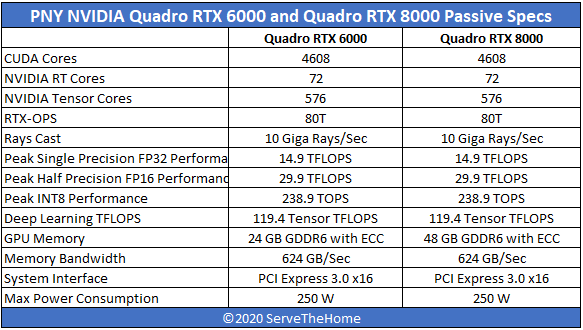
The cards themselves come in what NVIDIA calls the “NVIDIA Form Factor 4.0 for PCIe Card Server Products.” That means the cards are 4.376” x 10.5” and fit in dual-slot PCIe layouts. The cards also support the NV-Link edge connector. You can read about a modern PCIe NV-Link solution in our Dual NVIDIA Titan RTX Review Compute with NVLink Performance.
We have not reviewed the Quadro RTX 6000 yet, however, you can read our NVIDIA Quadro RTX 8000 GPU Review to learn more about the actively cooled version. Here is a comparison of the standard and passively cooled versions:
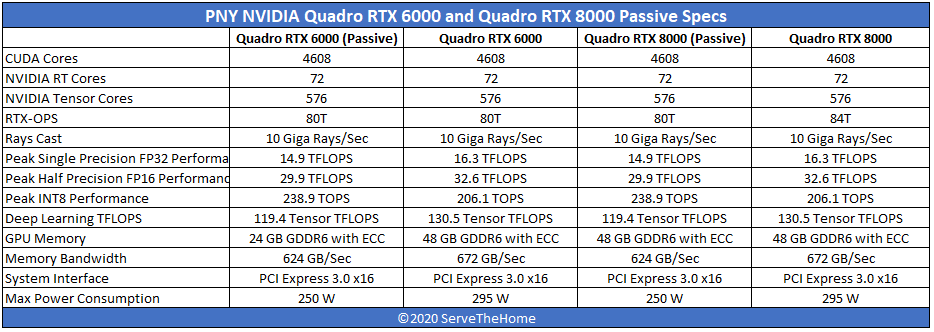
One item we noticed immediately was that the passively cooled versions are 45W lower TDP. That almost 12% decrease in maximum power consumption aligns with an about 7-9% decrease in performance. Generally, passive PCIe GPUs need to be in the 225-250W range which is what systems are designed to cool. The Tesla V100 and V100S, by comparison, are also 250W PCIe GPUs.
Final Words
For those doing deep learning work and who need more GPU memory, having the Quadro RTX 8000 in dense configurations can be beneficial. As we see more professional rendering and creation applications take advantage of the additional compute and AI inferencing capabilities of the cards, we are going to see professional cards get larger. Making trade-offs in terms of performance and power consumption to densely pack GPUs into the server and high-end workstation form factors make a lot of sense. PNY is one of the major resellers of these cards, especially to VARs and what we call “channel cobblers” who configure custom solutions for customers.

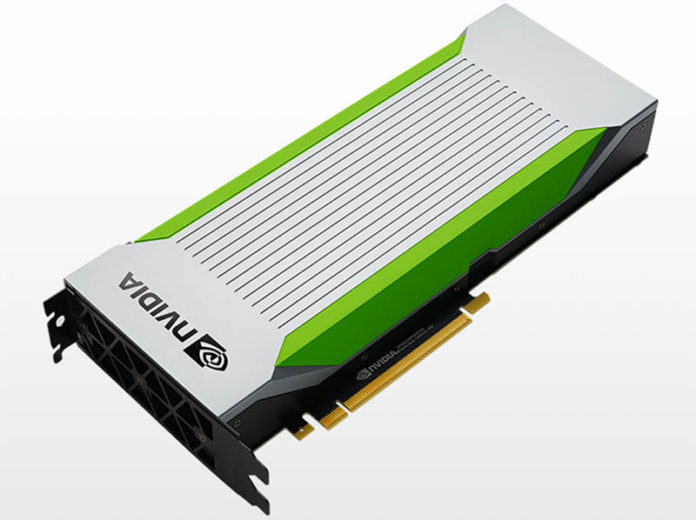
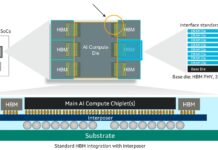

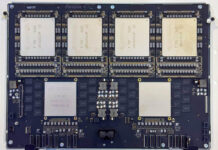
You must be joking, they have all of that power but use pcie 3.0 -.-
You are the one joking. The consumer equivalent of the Quadro RTX 8000 the RTX 2080 Ti when tested for bandwidth was not even close to saturate PCIE 3.0 x16 link at full load. This obsession for PCIE 4.0 where it still serves no purpose belongs on WCFtech gaming discussion for teenagers with no clue, not on servethehome.
OTOH using PCIE 4.0 x8 could mean better potential for more dense platform.
It would be easier to cram 2 such cards into single riser.
Still as NVIDIA hasn’t got any PCIE 4.0 cards ATM, I’d guess we need to wait for AMD for that.